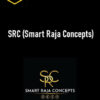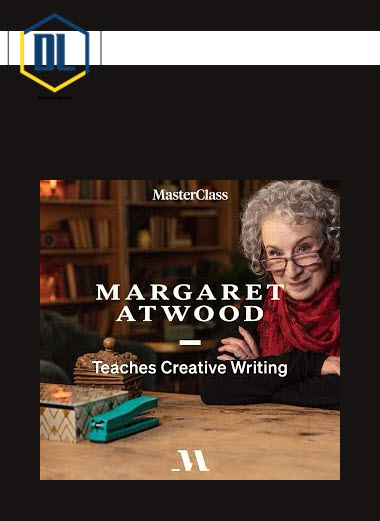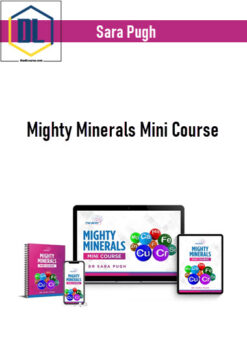-
×
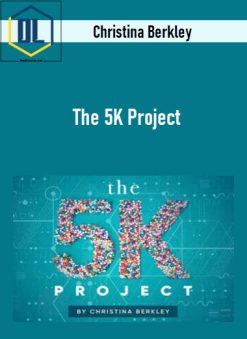 Christina Berkley – The 5K Project
1 × $34.00
Christina Berkley – The 5K Project
1 × $34.00 -
×
 Jason Julius – Rock Hard Code
1 × $16.00
Jason Julius – Rock Hard Code
1 × $16.00 -
×
 Zac Hansen – The Productized Community
1 × $29.00
Zac Hansen – The Productized Community
1 × $29.00 -
×
 Cole Gordon – 8 Figure Boardroom Mastermind
1 × $9.00
Cole Gordon – 8 Figure Boardroom Mastermind
1 × $9.00 -
×
 Fractalflowpro – Price Action Trading Vol.2
1 × $13.00
Fractalflowpro – Price Action Trading Vol.2
1 × $13.00 -
×
 Mark Larson – The Complete Guide to Technical Indicators
1 × $39.00
Mark Larson – The Complete Guide to Technical Indicators
1 × $39.00 -
×
 Arash Dibazar – Ravi
1 × $7.00
Arash Dibazar – Ravi
1 × $7.00 -
×
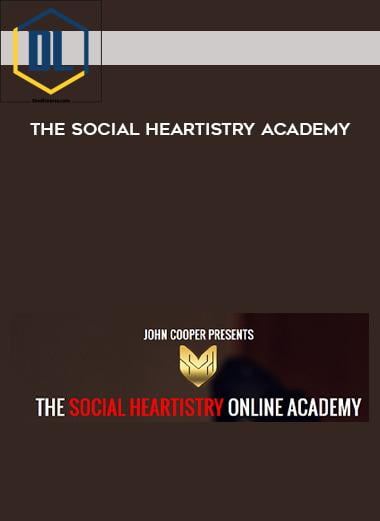 The Social Heartistry Academy
2 × $47.00
The Social Heartistry Academy
2 × $47.00 -
×
 Levee Road Studio – Pinterest Rank Boost 2.0
1 × $27.00
Levee Road Studio – Pinterest Rank Boost 2.0
1 × $27.00 -
×
 Jermain Linton – Create Unlimited $450 Credit Adwords Accounts and VCCs
1 × $50.00
Jermain Linton – Create Unlimited $450 Credit Adwords Accounts and VCCs
1 × $50.00 -
×
 Rob Walling – The SaaS Launchpad
1 × $39.00
Rob Walling – The SaaS Launchpad
1 × $39.00 -
×
 Complete 32+ Hour Video Training Course 2008
1 × $25.00
Complete 32+ Hour Video Training Course 2008
1 × $25.00 -
×
 John Overdurf – Splitting Synesthesias within the Rhizome
1 × $42.00
John Overdurf – Splitting Synesthesias within the Rhizome
1 × $42.00 -
×
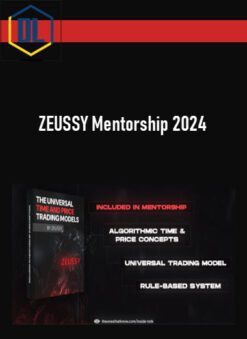 ZEUSSY Mentorship 2024
1 × $9.00
ZEUSSY Mentorship 2024
1 × $9.00 -
×
 Ross Jeffries – Ultimate Language Pattern Collection
1 × $37.00
Ross Jeffries – Ultimate Language Pattern Collection
1 × $37.00 -
×
 IBD Home Study Course Level 6 – CHART SCHOOL + Workbook
1 × $29.00
IBD Home Study Course Level 6 – CHART SCHOOL + Workbook
1 × $29.00 -
×
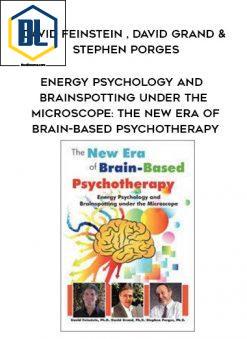 Energy Psychology and Brainspotting under the Microscope: The New Era of Brain-Based Psychotherapy – David Feinstein , David Grand & Stephen Porges
1 × $15.00
Energy Psychology and Brainspotting under the Microscope: The New Era of Brain-Based Psychotherapy – David Feinstein , David Grand & Stephen Porges
1 × $15.00 -
×
 Julie Solomon – Pitch It Perfect
1 × $67.00
Julie Solomon – Pitch It Perfect
1 × $67.00 -
×
 BRYAN KREUZBERGER – BREAKTHROUGH EMAIL
1 × $9.00
BRYAN KREUZBERGER – BREAKTHROUGH EMAIL
1 × $9.00 -
×
 John La Tourrette – Kahuna Mana Mana Secrets, Joy Generators
1 × $20.00
John La Tourrette – Kahuna Mana Mana Secrets, Joy Generators
1 × $20.00 -
×
 Hale Dwoskin - Sedona Method - Inner Circle Volume 3
1 × $31.00
Hale Dwoskin - Sedona Method - Inner Circle Volume 3
1 × $31.00 -
×
 Donna Eden with David Feinstein – The Energies of Love: The Invisible Key to Fulfilling Relationship
1 × $15.00
Donna Eden with David Feinstein – The Energies of Love: The Invisible Key to Fulfilling Relationship
1 × $15.00 -
×
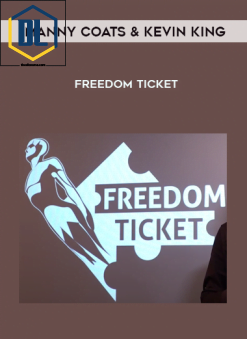 Manny Coats – Kevin King – Freedom Ticket
1 × $9.00
Manny Coats – Kevin King – Freedom Ticket
1 × $9.00 -
×
 Russ Horn – Ultra Blue Forex
1 × $9.00
Russ Horn – Ultra Blue Forex
1 × $9.00 -
×
 The Kinowear Video Coaching Program
1 × $49.00
The Kinowear Video Coaching Program
1 × $49.00 -
×
 Chris Luck – Certified Brand Ambassador – AMBSDR
1 × $9.00
Chris Luck – Certified Brand Ambassador – AMBSDR
1 × $9.00 -
×
 Jack Hopkins – 10k Accelerator Program
1 × $9.00
Jack Hopkins – 10k Accelerator Program
1 × $9.00 -
×
 Ra Uru Hu – Design Concepts
1 × $85.00
Ra Uru Hu – Design Concepts
1 × $85.00 -
×
 Kyle Milligan – The Process – A Draft By Draft Copywriting Walkthrough
1 × $49.00
Kyle Milligan – The Process – A Draft By Draft Copywriting Walkthrough
1 × $49.00 -
×
 George Hutton – Tongue Fu
1 × $20.00
George Hutton – Tongue Fu
1 × $20.00 -
×
 Talmadge Harper – Quantum Hypnosis Healing Personal MP3
1 × $33.00
Talmadge Harper – Quantum Hypnosis Healing Personal MP3
1 × $33.00 -
×
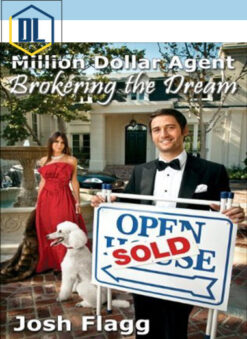 Josh Flagg – Million Dollar Agent
1 × $39.00
Josh Flagg – Million Dollar Agent
1 × $39.00 -
×
 Tai’s Credit – Mentor Program 3.0
1 × $17.00
Tai’s Credit – Mentor Program 3.0
1 × $17.00 -
×
 Sean D’Souza – The Brain Audit 3-Day Workshop
1 × $37.00
Sean D’Souza – The Brain Audit 3-Day Workshop
1 × $37.00 -
×
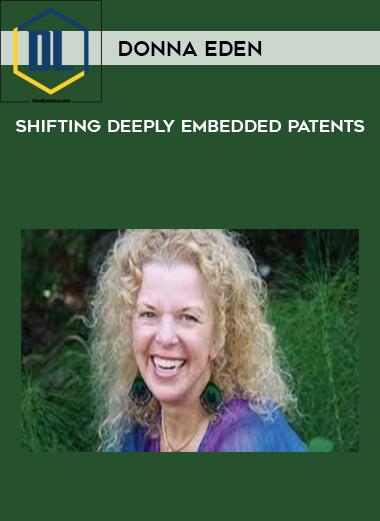 Donna Eden – Shifting Deeply Embedded Patents
1 × $47.00
Donna Eden – Shifting Deeply Embedded Patents
1 × $47.00 -
×
 Scott Sonnon – Tactical Gymnastics
1 × $19.00
Scott Sonnon – Tactical Gymnastics
1 × $19.00 -
×
 Adam Eason – High Self Esteem In 21 Days
1 × $15.00
Adam Eason – High Self Esteem In 21 Days
1 × $15.00 -
×
 NICABM – Working With Core Beliefs of “Never Good Enough”
1 × $27.00
NICABM – Working With Core Beliefs of “Never Good Enough”
1 × $27.00 -
×
 Dan Kennedy - Copywriting Mastery and Sales Thinking Boot Camp
1 × $75.00
Dan Kennedy - Copywriting Mastery and Sales Thinking Boot Camp
1 × $75.00 -
×
 David Snyder – Defense Against The Dark Arts
1 × $47.00
David Snyder – Defense Against The Dark Arts
1 × $47.00 -
×
 Michael E.Gerber – Radical U
1 × $36.00
Michael E.Gerber – Radical U
1 × $36.00
Buy With Coupon: DLC25 (-25%)
Masterclass – Margaret Atwood Teaches Creative Writing
$157.00 Original price was: $157.00.$9.00Current price is: $9.00.
Product Delivery: Instant deliver
SKU: KNTZ2NLN
Categories: Health & Lifestyle, Instant Delivery
Tags: Margaret Atwood Teaches Creative Writing, MasterClass, Masterclass – Margaret Atwood Teaches Creative Writing
Description
Masterclass – Margaret Atwood Teaches Creative Writing
Salepage: Masterclass – Margaret Atwood Teaches Creative Writing
Here’s What’s Included:
Introduction
Meet your new instructor: Man Booker Prize-winning author Margaret Atwood. In your first lesson, Margaret shares her perspective on the art of writing and who ultimately gives your book its meaning.
Getting Started as a Writer
Margaret encourages you to find your own path, overcome obstacles like fear, and start writing by sharing her own writer’s story and creative process.
Story and Plot
Learn what makes a strong plot. Margaret advises you to study myths, fairy tales, and other historical works of literature so that you can use them as building blocks for your stories.
Structuring Your Novel: Layered Narratives and Other Variations
Margaret illustrates the myriad ways you can structure your story and create a multi-layered narrative, using the classic tales Little Red Riding Hood, Arabian Nights, and her own novel The Blind Assassin as examples.
Who Tells the Story: Narrative Point of View
Choosing the right point of view to tell your story from involves a lot of trial and error. Margaret explains the impact this decision has on your story, and offers an exercise to help you explore the effects of various points of view.
Point of View Case Studies
In this chapter, Margaret discusses her use of multiple points of view in Alias Grace, and why she wrote The Handmaid’s Tale from the first person point of view.
Bringing Characters to Life Through Detail
Actions and reactions reveal character, but so do details the writer thoughtfully weaves into the story. Margaret offers concrete tools to help you create nuanced, well-developed characters you know by heart.
Creating Compelling Characters
Margaret teaches why the most compelling characters are often not very likeable, and delves into how gender plays into our expectations about character.
Writing Through Roadblocks
Learn Margaret’s advice for overcoming challenges such as constant interruption, writer’s block, or a narrative problem you can’t figure out how to solve.
Crafting Dialogue
Margaret teaches how to use dialogue to reveal character and story, and discusses the importance of making your dialogue authentic to the time and place in which your narrative transpires.
Revealing the World Through Sensory Imagery
The more specific your details, the more engaged your readers. Learn how Margaret uses The Handmaid’s Tale to illustrate her approach to imagery.
Prose Style and Texture
Learn the difference between style and description as Margaret illustrates two different prose style extremes—baroque and plainsong.
Working With Time in Fiction
Margaret explains the significance of time in fiction, and offers advice on keeping readers oriented without compromising your story structure.
The Door to Your Book: The Importance of the First Five Pages
From Melville to Dickens, Margaret shares some of her favorite opening lines and underscores the value of making your first five pages utterly compelling.
Writing the Middle and Ending
Margaret teaches her approach to keeping readers engaged through the middle of your book and discusses the merits of closed and open endings to your story.
Revision: Seeing Your Work Anew
For Margaret, revision is an opportunity to take a fresh look at your book and consider new possibilities. Learn the value of soliciting feedback from select readers, and the importance of a good line editor.
The Novel and the Shifting Sands of Genre
Margaret discusses the evolution of the novel and asserts that the writer’s objective should be to stay true to the foundational elements of storytelling, regardless of genre. Margaret Atwood
Speculative Fiction
Learn Margaret’s approach to writing speculative fiction and her advice on how to generate ideas and build your world in this genre
Speculative Fiction Case Study: The Handmaid’s Tale Margaret Atwood
Margaret reveals the ideas and research that inspired The Handmaid’s Tale, offering a first-hand look at some of these materials.
Research and Historical Accuracy
Getting details right is critical in historical fiction and can lend believability to any story. Margaret emphasizes this point but also shows how to avoid letting research slow you down Margaret Atwood
The Writer’s Path
Margaret reveals the one book she recommends to all writers, and shares inspirational stories from writers past and present to encourage you to persevere despite the obstacles you may confront. Margaret Atwood
The Business of Being a Writer
From finding an agent, to getting published, and dealing with negative reviews, Margaret offers her perspective on the business of being a writer.
Parting Words Margaret Atwood
Margaret bids her students farewell, sharing her desire to pass on her wisdom to the next generation of writers.
Readmore about: Masterclass
Delivery Policy
When will I receive my course?
You will receive a link to download your course immediately or within 1 to 21 days. It depends on the product you buy, so please read the short description of the product carefully before making a purchase.
How is my course delivered?
We share courses through Google Drive, so once your order is complete, you'll receive an invitation to view the course in your email.
To avoid any delay in delivery, please provide a Google mail and enter your email address correctly in the Checkout Page.
In case you submit a wrong email address, please contact us to resend the course to the correct email.
How do I check status of my order?
Please log in to TheDLCourse account then go to Order Page. You will find all your orders includes number, date, status and total price.
If the status is Processing: Your course is being uploaded. Please be patient and wait for us to complete your order. If your order has multiple courses and one of them has not been updated with the download link, the status of the order is also Processing.
If the status is Completed: Your course is ready for immediate download. Click "VIEW" to view details and download the course.
Where can I find my course?
Once your order is complete, a link to download the course will automatically be sent to your email.
You can also get the download link by logging into your TheDLCourse account then going to Downloads Page.
Related products
-92%
-70%
-73%
-60%
-60%
-82%
-95%

